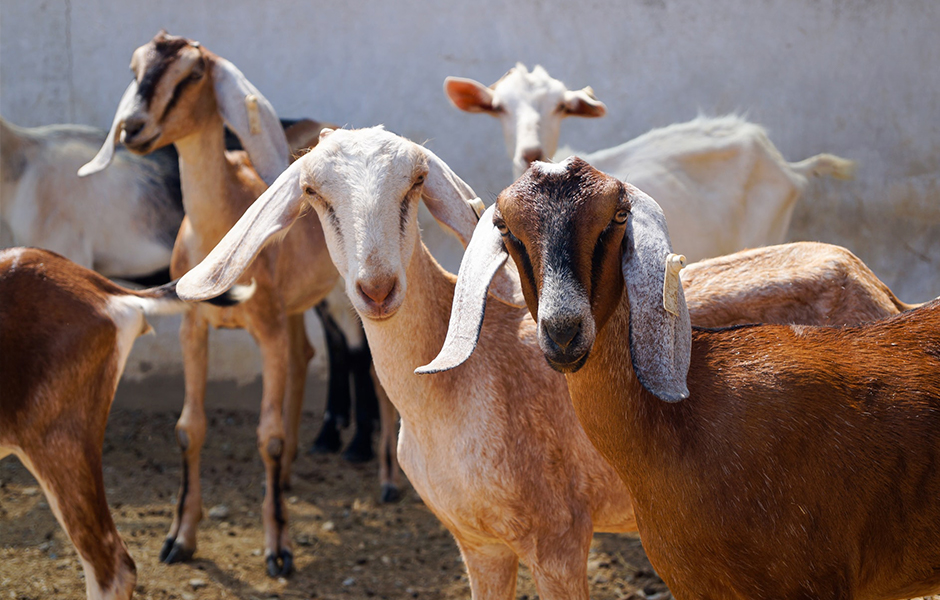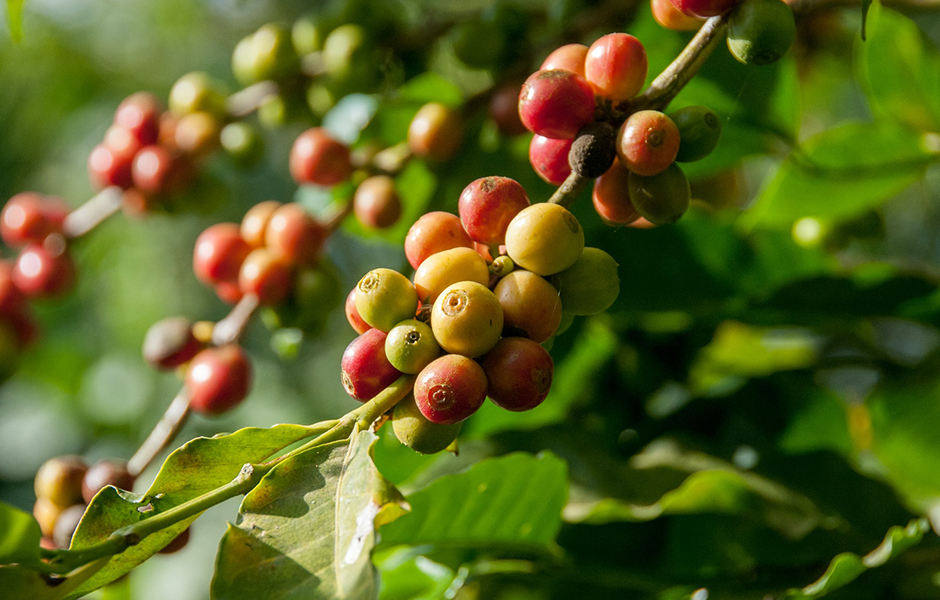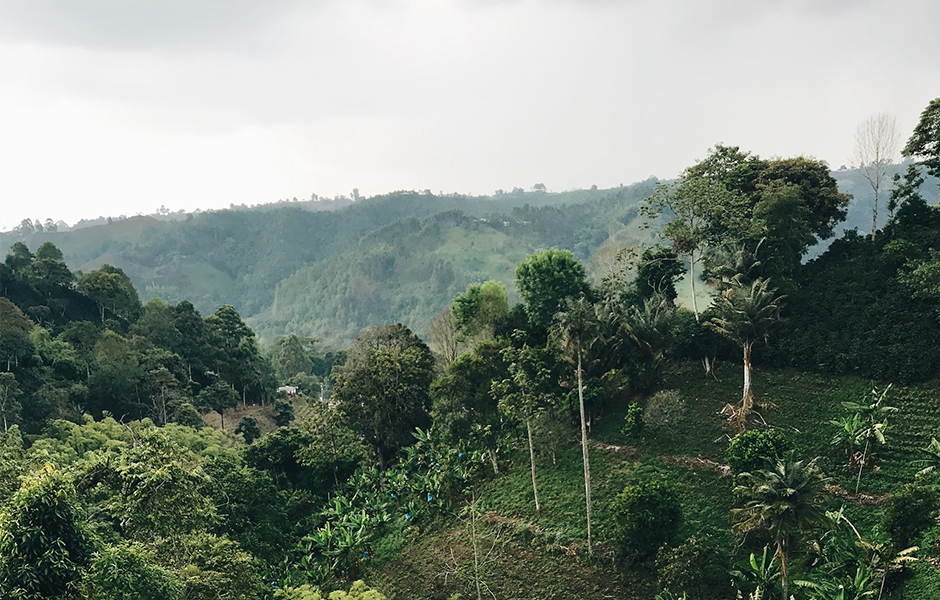Whilst coffee is now a global phenomenon, being both consumed and grown in numerous countries across the globe, the jury of where coffee originated is still out.
However, the popular theory is that coffee originated in Ethiopia, which then spread North into the Middle East and West into Europe.
If you want to discover the history of coffee, grab a coffee, and read on!
An Ethiopian Legend
Many believe the origin lays with Kaldi and his goats in 700AD. Legend says that the goat herder, Kaldi, stumbled upon his goats acting erratically. He discovered that they had been grazing on red berries, citing this as the reason for his goat’s strange behaviour.
Kaldi shared his findings with the local monastery, who was excited to find something that would help keep him alert and awake through the night as he prayed. However, an alternative story suggests that the local monk disapproved of the beans and threw them onto a fire. This created a wonderful aroma – the first instance of roasted coffee.
The monastery spread the word to other monks, it’s popularity spreading with everyday past.

The Arabian Peninsula
From Ethiopia, Coffee heads East to the Arabian Peninsula. The port at which coffee first arrived was called Mocha, in Yemen. Due to the port’s growing popularity, Mocha became synonymous with Coffee – nowadays, there is a coffee named after the port, a Café Mocha or Mochaccino.
After successfully being grown in Yemen, by the 16th century coffee was well known in Persia, Syria, Egypt, and Turkey.
Coffee was enjoyed in homes and public coffee houses known as the Gahveh Khaneh. Coffee houses became an important place for people to exchange information and was known as the ‘Schools of the Wise’.
In the early 1500’s, the court of Mecca declared coffee to be forbidden, due to it’s stimulating effect. Similar events took place in Cairo, Egypt and in Ethiopia.

Coffee Comes to Europe
Travelers from Europe to the Near East bring stories about a dark drink. Coffee then made its way to Europe, shortly making it the most popular drink across the continent. After it’s rise in popularity, Pope Clement VIII decided that the drink was satanic. However, he later gave in to the beverage, baptising it and declaring it a Christian beverage, to be enjoyed by all.
After this, Coffee houses grew all over Europe in England, Austria, France, Germany and Holland. Much like the houses of Arabia, these houses became social hubs where individuals could engage in conversation and political debates. In England, these houses became known as ‘Penny Universities’.
For the small price of a coffee (at the time) you could learn all sorts of things in conversation. In fact, many of these coffee houses grew into established businesses. Perhaps the biggest business was created by Edward Lloyd. Operating as a coffee house for sailors, merchants and shop owners, Lloyd’s has now become a globally recognised insurance marketplace.
By the late 17th century, there were over 300 coffee houses alone in London which attracted like-minded patrons, merchants, shippers, brokers, poets, and artists of all types
Worldwide Plantations
As the demand increased, there was a need for more plantations to cultivate coffee outside of Arabia. The Dutch had their plantations around Batavia on the island of Java, in what is now Indonesia. The plants thrived and the Dutch grew their trade in coffee and expanded their coffee plantations out to the islands of Sumatra and Celebes.

Expanding to the Americas
In 1714, the Mayor of Amsterdam gifted King Louis XIV of France a young coffee plant. The King ordered the plant to be planted in the Royal Botanical Garden in Paris, under close protection. In 1723, Gabriel de Clieu, a naval officer, managed to obtain a seedling from the King's plant. After a long voyage, it landed in Martinique.
Once it was planted, the seed thrived and created a spread of over 18 million coffee trees on the island of Martinique in the next 50 years. The seedling was the parent of all the coffee tress throughout the Caribbean, South, and Central America.
The famous Brazilian coffee owes its existence to Francisco de Melo Palheta who was sent by the emperor at the time to French Guiana to get coffee seedlings. The French governor wasn’t interested in sharing his coffee, but the wife gave Francisco a large bouquet of flowers which had coffee seedlings buried inside of them.
Travelers and traders continued to spread the seed across the world. Plantations were established where some flourished and others were short lived. By the end of the 18th century, coffee had become one of the most profitable export crops.



